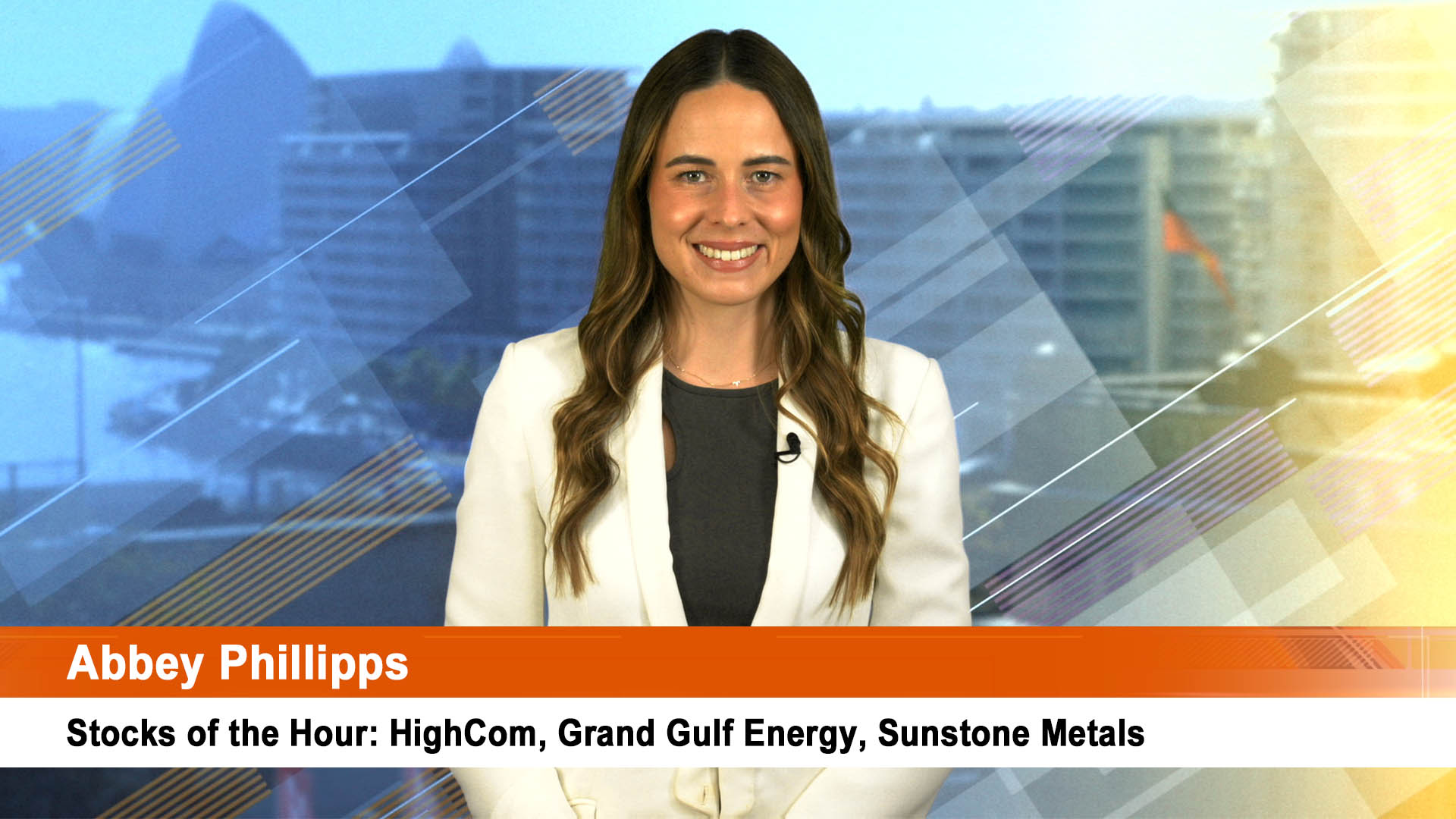Australia’s trade accounted staged a near $46 billion turnaround in 2016-17 as the surge in commodity prices from the middle of last year produced the best trade performance since 2010-11.
Led by coal, iron ore and oil and gas, the country notched up a net trade surplus of $11.723 billion in the year to June 30.
That was a significant improvement on the $35.83 billion deficit for 2015-16 with surpluses reported in seven months and deficits in five.
It was the best since the $14.866 billion trade surplus for 2010-11 when commodity prices last went for a big run after cyclones, floods and bad weather slashed supplies of iron ore and coal to global markets from Australia and Brazil.
The surge in commodity prices saw the country’s terms of trade reverse a long decline and rise sharply from the September quarter to the three months to March 31.
In fact the terms of trade jumped by early 25% in the nine months to March 31.

In June, Australia’s trade surplus narrowed to $856 million, from the restated $2.02 billion surplus in May ($2.471 billion as first reported).
Exports fell 1% in June, while imports were up 2%, according to the Australian Bureau of Statistics trade figures for June released on Thursday.
And the April saw a deficit of $76 million after first being reported as a surplus of $555 million and then one of just $90 million. But the trend indicates there is a fall into deficits in the months ahead if there isn’t a pick up in prices. There was a more than $1.1 billion fall in the surplus from May to June.
May though was boosted by higher prices and volumes of coal as the central Queensland coal fields recovered by Cyclone Debbie which hit exports in April.
The Australian dollar fell after trade data for June showed exports fell 1% from May as imports rose 2%. The currency dropped as low as $0.79.16 on Thursday, from just below the 80 US cent level. It then recovered to trade around 79.25 US cents.
The Reserve Bank of Australia’s third monetary policy statement of the year is out later this morning (Friday), which will give more detail on comments it made on after Tuesday’s board meeting expressing concern the stronger currency could undercut inflation and add downward pressure on already low growing wages.













